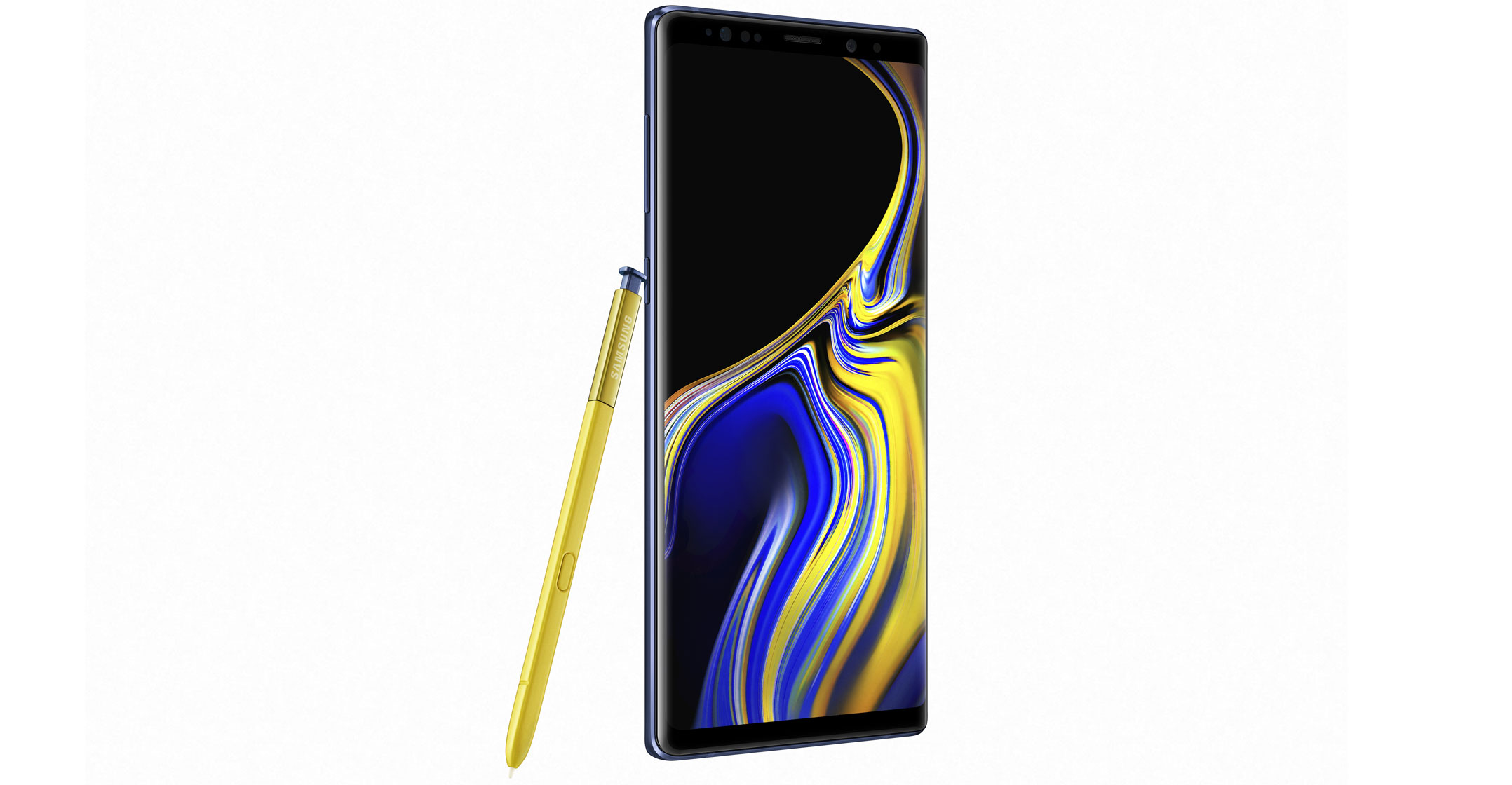 Samsung Electronics has posted quarterly profit that topped analyst estimates on growth in its memory chip business, but signalled caution in semiconductors by announcing a cut in capital spending for the year.
Samsung Electronics has posted quarterly profit that topped analyst estimates on growth in its memory chip business, but signalled caution in semiconductors by announcing a cut in capital spending for the year.
Net income rose to 13-trillion won (US$11.4-billion) in the three months ended September, the Suwon, South Korea-based company said in a filing on Wednesday. That compares to the 12.9-trillion won average of estimates compiled by Bloomberg. Capital spending this year will drop 27% to 31.8-trillion won.
Samsung said it’s seeing “weak seasonality” for the chip market in the fourth quarter, and warned that earnings would decline in the period. Assessing demand for memory forms the heart of Samsung’s business plans as the semiconductor division provides the biggest chunk of profits for the company that also makes smartphones and display panels. As it becomes more and more difficult to cut costs in memory production, manufacturers such as Samsung scrutinise prices while adjusting spending on plants and equipment.
“Suppliers must react faster than in the past to oversupply, which will stop the industry from going through long down cycles,” said Mike Howard, vice president of memory research at French researcher Yole Developpement. “If suppliers don’t react promptly to a weak market by cutting capex and thereby future supply, then they could see prices decline more than 25% in a year, which would be very bad for margins.”
Samsung shares rose as much as 2.4% in early trade on Wednesday before falling as much as 1.1%.
Operating profit was 17.6-trillion won on sales of 65.5-trillion won, the company said, in line with preliminary numbers released earlier this month.
Samsung, SK Hynix and Micron Technology together control more than 90% of the market for dynamic random access memory, or DRAM, chips, used in everything from data servers to smartphones. Operating income from the chip unit amounted to 13.7-trillion won, accounting for the lion’s share of profit.
Contract prices for 32GB DRAM server modules fell 0.1% in the three months ended September, the first quarterly decline since 2016, according to InSpectrum Tech. Prices for 128GB MLC NAND flash memory chips fell about 6.9%.
Smartphone woes
Samsung’s smartphone division posted 2.2-trillion won in operating income, down from 3.3-trillion won a year earlier.
While Samsung is the world’s biggest handset maker, it’s struggling with shrinking market share as Chinese rivals Huawei and Oppo catch up while Apple seeks to win over shoppers for premium devices.
Samsung’s operating profit from its display business was 1.1-trillion won, up from 970-billion won a year earlier. The display division benefited from “increased demand for flexible displays from major customers”, Samsung said in a statement, adding that it expects “solid demand to continue in the OLED business”. Samsung supplies OLED screens to Apple for its iPhones even as the two companies vie for dominance in the premium phone market.
 “Chips and displays led the earnings,” said Greg Roh, a Seoul-based analyst at Hyundai Motor Securities. “Displays did better than expected and we think that’s because Samsung shipped more than 30 million units of large 6.5-inch screens for iPhones.”
“Chips and displays led the earnings,” said Greg Roh, a Seoul-based analyst at Hyundai Motor Securities. “Displays did better than expected and we think that’s because Samsung shipped more than 30 million units of large 6.5-inch screens for iPhones.”
Samsung’s consumer electronics unit, which includes TVs and appliances, had operating profit of 560-billion won.
Samsung is one of South Korea’s biggest exporters and said earlier this year that one of its biggest obstacles for business would be global protectionism, warning its employees to brace for potential implications. The company is expanding its ability to produce memory chips and smartphones, spending tens of billions of dollars in semiconductor plants and building the world’s largest smartphone factory in India.
“The share price should rebound on confidence that demand for memory chips is going to go back up in the bottom half of next year,” said Song Myung-sup, an analyst at HI Investment & Securities in Seoul. “We’re searching for clues on it.” — Reported by Sam Kim, (c) 2018 Bloomberg LP




